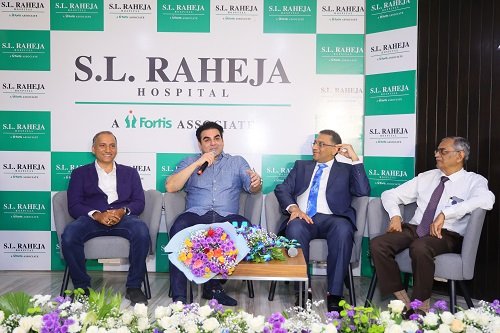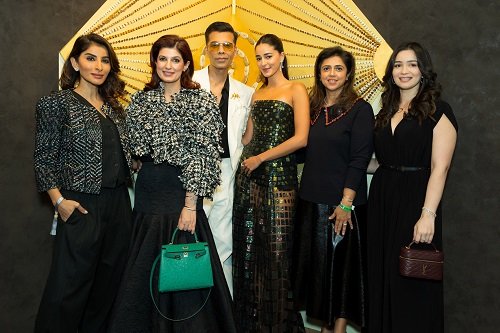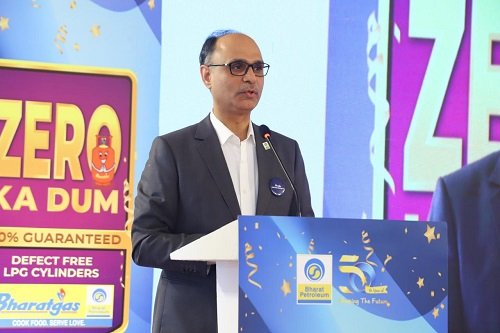Indian cinema began contemplating its own mortality exactly four decades ago, prompted into self-reflection by the seismic effects of the television and video revolution across the country. In 1984, just two years had passed since the Asian Games were held in Delhi, an event that was responsible for the mass-scale adoption of television across the country. This was accompanied by an equally exuberant embrace of video technology, and very soon, video parlours and libraries mushroomed across towns and cities in India.
Growing up in the 1980s, I vividly recall the collective excitement in the family and the neighbourhood whenever we hired a video cassette recorder (VCR). Our house would, for the next 24 hours, be transformed into a cinema hall overflowing with friends, relatives, neighbours, and often their friends and relatives to boot. The annoyance of having to deal with so many people at home was offset by the generous, if unsubtle, offering of food and snacks that they came with. Since this was pre-liberalisation, middle-class India was still defined by a paradoxical impulse of financial thrift and an infinite desire for entertainment. This translated into maximising the rental time of the machine by watching as many films as one could in that one day.
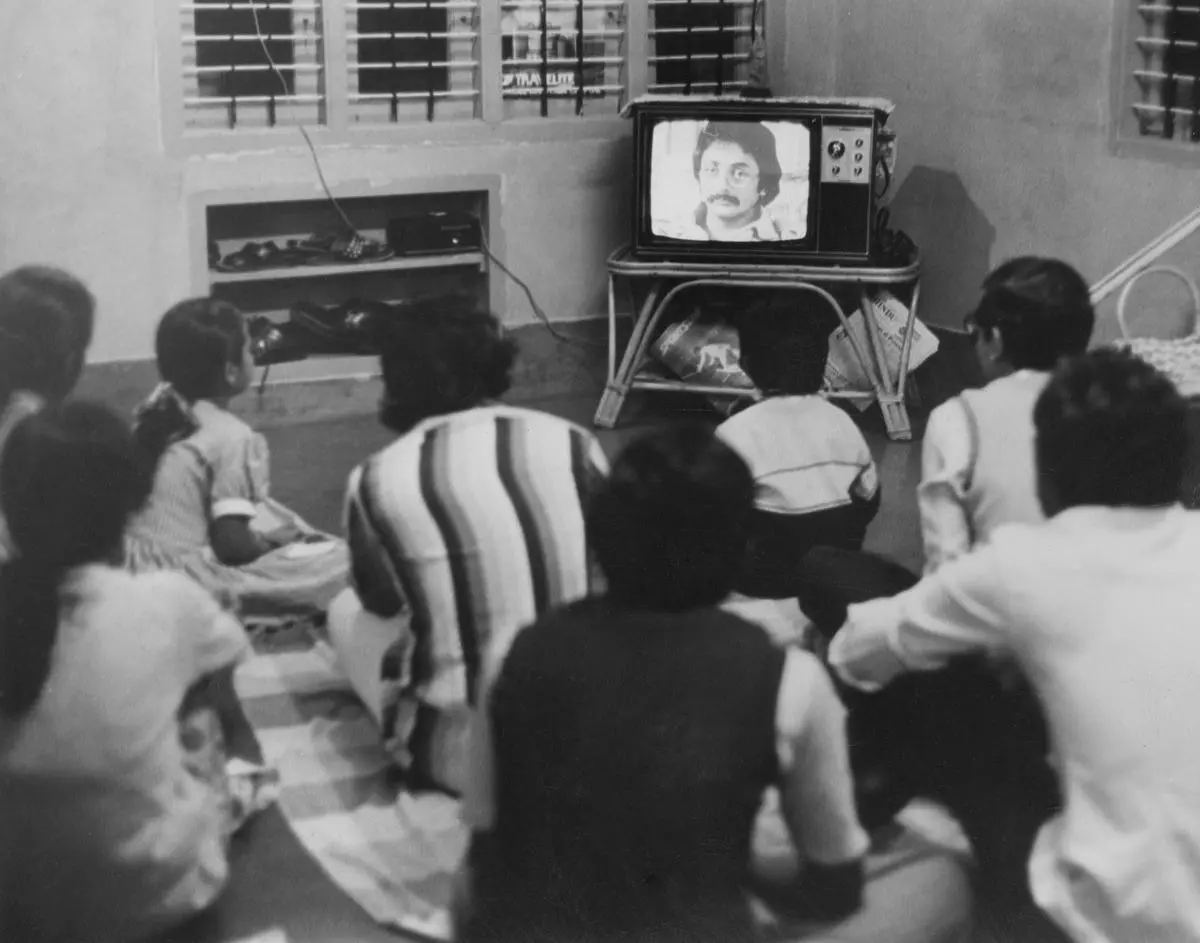
At the peak of the TV craze in 1981, inside a sitting room in Bengaluru.
| Photo Credit:
THE HINDU ARCHIVES
The film industry, on the other hand, was far less enthusiastic about this new technology. Through the 1980s, it was as if the only discussion possible in the industry was about the inevitable demise of cinema. In the very first issue of 1984, Screen, that most respected trade and industry journal for decades, rhetorically asked whether the film industry would even survive the year given the onslaught of video. By June 1984, S.K. Kapur, a prominent film exhibitor and distributor, predicted that the industry would collapse within six months because of video piracy.
Long live
Not since the invention of cinema, a medium associated with mass spectatorship in public movie halls, had there been such a radical transformation of how films could be watched. Film stars had moved from their larger-than-life presence on 70 mm screens into 21 sets, and the distance that had been maintained between the spectator and the screen had also shrunk into a domestic space, with the TV defining the spatial arrangement of most living rooms in India. The dire predictions of an imminent death turned out to be the fake news of its time, and in one of the last issues of 1984, Screen reported that theatrical earnings had gone up in the year despite video and enthusiastically wondered if 1985 would be the year of 3D films in India.
Also Read | Who’s watching?
Ashim Ahluwalia’s film Miss Lovely (2012), set in the sleazy world of B grade horror films, accurately captures this moment of transition from celluloid to video. While the prediction of video killing celluloid may not have come to be, in Ahluwalia’s film, this fear is ironically re-enacted through the use of the VCR as a murder weapon in the climax of the film.
Screen itself was shut down in 2013, but cut to the year 2024, and Screen has been relaunched in a digital avatar at a time when the industry is yet again thinking about its future as a medium and form. The rise of OTT platforms has widely expanded the number of film spectators even as it has massively shrunk the number of moviegoers. In a desperate move, the industry has resorted to re-releasing older blockbusters such as Karan Arjun and Kal Ho Naa Ho. Rather than attempting the impossible task of providing a milestone survey of 40 years of Indian cinema, I want to focus on these two years, 1984 and 2024, and look at what Indian cinema was saying about itself as a way of capturing the past four decades. For this purpose, the Screen archives are a delight to read as historical records even as they are contemporary documents.
The film scholar Amit Rai provides us with a very useful frame for how we can think about the temporality of cinema as a medium. Taking his inspiration from Gilles Deleuze, Rai suggests that rather than going back to an original moment of a phenomenal event like cinema and tracking it across time as it progressively ages, it might be more productive to inhabit an event in its becoming—as it simultaneously grows young and old.
Indeed, cinema itself might have something to say about this. One of the blockbusters of 1986 was Amitabh Bachchan’s film Aakhree Raasta where he plays a double role, enacting the character of the protagonist as well as that of his son. The pleasure of the text arises from being able to see both a young and old Bachchan occupying the same space and time on screen. This cinematic trick was repeated in 2023 by Shah Rukh Khan in Jawan, and in 2024 by the actor Vijay in his superhit film GOAT, where he plays the role of both M.S. Gandhi, the father, and Jeevan Gandhi, the son.
Television, the new medium
Seeing cinema through a montage that juxtaposes it as a young and old medium allows us to avoid falling into a wistful nostalgia trap that bemoans how great cinema was back in the time (it was not: we went through a terrible decade of Jeetendra gyrating in white shoes in Tohfa and Himmatwala), or a progressive account where cinema is only going to get better and more sophisticated with advances in technology (it isn’t: we have just seen for the millionth time Tiger Shroff in a tight T-shirt doing a flying kick in Bade Miyan Chote Miyan).
On the question of representation, therefore, perhaps all that one can say of cinema across 40 years is that, like humans, it is as capable of wisdom as it is of utter silliness at any age. You can have films capable of capturing cruelty and compassion, tenderness and wickedness in poetic ways that expand our expressive vocabularies of being and personhood even as you will simultaneously have films that diminish our human capacities through their banality and simplicity. If, on the other hand, we were to track the last 40 years on two other registers—spectatorship and technology—we might be in a position to better understand some of the shifts that have taken place in representational practices.
Returning to 1984, the Screen archives serve as an extremely productive resource to map out the kinds of anxieties and aspirations that have characterised Indian cinema’s moment of crisis. A medium is nothing if not a technology in search of a form, and every technological change is therefore an opportunity for a medium to redefine itself in terms of its expressive affordances. The best example of this is the introduction of the talkies in cinema. Stanley Donen’s film Singin’ in the Rain (1952) insightfully captures cinema’s fear of obsolescence, dilemmas of authenticity, and the vexed relationship between humans, art, and technology.
It is therefore a little surprising to see very little debate on what video means for film, and the only question that seems to recur in the debate in the 1980s is what video means for the film industry from an economic perspective. Indeed, after the early suspicion of video, by the late 1980s, the film industry, having “tamed” the technology through legislative amendments to the Copyright Act etc., recognises the economic potential of home video as a new stream of revenue and capitalises on the technology to create a new global market for Indian films. This pattern repeats itself with the introduction of digital technologies of distribution, such as the VCD and the DVD.
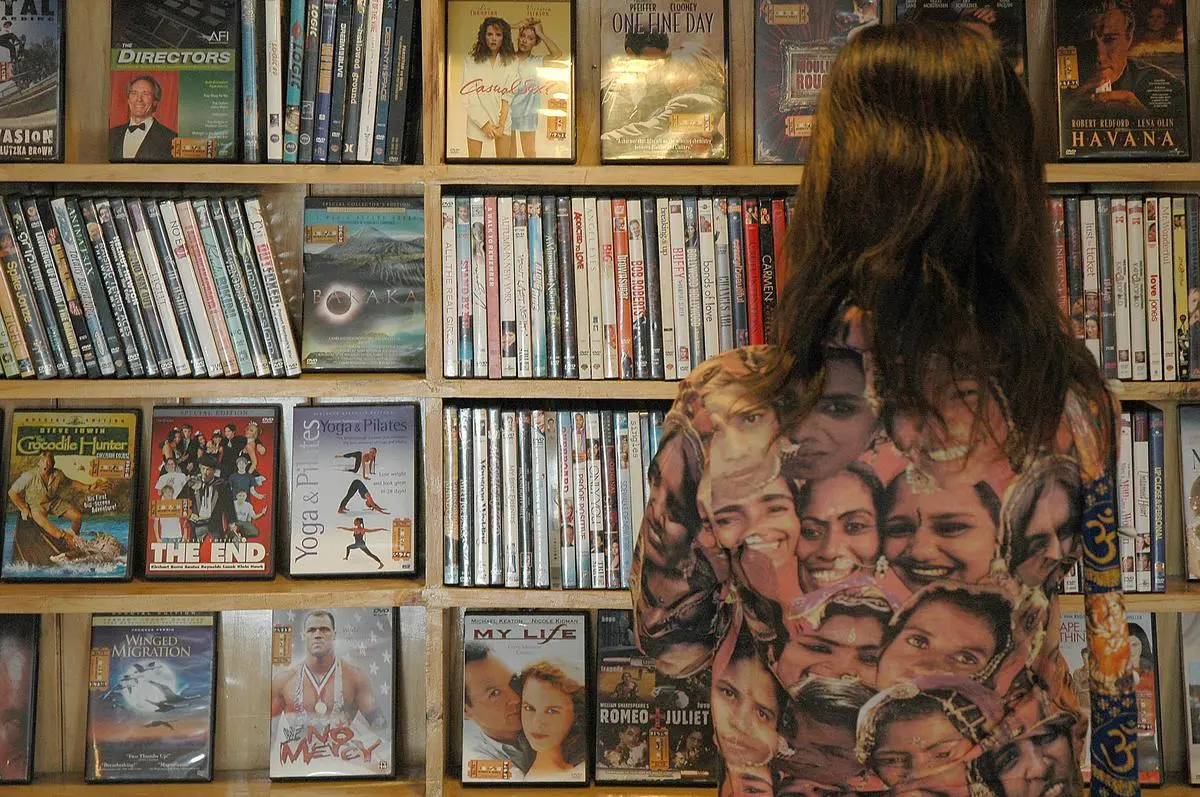
Full shelves in Cinema Paradiso, a DVD lending library in in Hyderabad, in 2005, when it was widely predicted that cinema would be killed by videos.
| Photo Credit:
MOHAMMED YOUSUF
In the case of television, however, it was slightly different, and we witnessed a number of filmmakers, from mainstream as well as from parallel cinema, turning to television as a new medium that allowed them to explore what could not be done in cinema. Whether it was Ramanand Sagar and B.R. Chopra turning to the epics, Ramesh Sippy’s moving history of Partition in Buniyaad, or Kundan Shah’s enduring exploration of a neighbourhood in Nukkad, here was cinema being redefined in terms of its narrative and aesthetic possibilities by a new medium.
The multiplex experience
With video, we did not see this happening, with the notable exception of Nari Hira, the publisher and owner of Magna publications, who became a film producer specialising in films made only for video consumption and not for theatrical release. He found in video a freedom from traditional state censorship, because of its ambiguous status in law, to make films that were sexually bold and mature. While one can appreciate the sentiment, the films themselves leave much to be desired: this new-found freedom manifested itself in the form of films as unencumbered by censorship as by sensibility. Interestingly, in 2009, Nari Hira reinvented himself yet again, as old wine does in new bottles, declaring that he would make films only for DVD release since he found in it a freedom from the constraints of celluloid and the mass audience.
If television and video did not make any revolutionary inroads into the possibilities of film as a medium, what they did radically transform was the idea of spectatorship. The diffusion of cinema from movie halls into the domestic space was but the tip of the iceberg, and in the past two decades, we have had an absolute disaggregation of the moviegoing public into a much more dispersed and varied set of spaces where films are watched. From the 1990s, we started seeing the decline of the stand-alone movie theatre in India and the emergence of multiplexes located within shopping malls.

Students watch a movie on their smartphone while commuting on a suburban train in Mumbai. The director Anurag Kashyap said that many contemporary filmmakers do not actually know India except through what they have seen on Netflix.
| Photo Credit:
AFP
By now, this has become the norm and the single screen, the exception. The metamorphosis of the cinematic experience into a generic experience of leisure has been enabled by the film experience being blended into a larger experience of consumption, shopping, and entertainment. This has predictably changed the demographic of film audiences.
While it would be simplistic to reduce the demographic into an elite versus non-elite binary, or to correlate this shift onto an aesthetic register of the kind of films that are made, we can nonetheless affirm a certain truth in Anurag Kashyap’s statement that many contemporary filmmakers do not actually know India, except through what they have seen on Netflix. The philosopher Stanley Cavell has perceptively argued that cinema was a public medium that allowed us access to our solitude. Might it be the case that increasingly cinema is becoming a private medium that allows us access to a public imagination?
Also Read | Movie trailers: The unofficial manifestos of our time
Let me conclude our criss-crossing journey in time by going back to a movie review in Screen from the March 23 issue of 1984. Writing about Blade Runner, the original cult classic and post-human film, the reviewer says that most science fiction films seem to be obsessed with two recurring themes: a dystopian future in which the earth is dark, dismal, and polluted, or one where manmade robots have overcome humans.
These words are as prescient as they come. From the vantage point of 2024, looking back at 1984, and ahead into 2064, we find ourselves standing at yet another threshold, plagued by planetary perturbations and technological terrors. Will cinema grow old and young along with us, sharing our joys and fears, or will we find ourselves bereft of the companionship of the cinematic image and in the company of something else? I will leave it to cinema to answer the question.
Lawrence Liang is a professor at the School of Legal and Socio-Political Studies, Dr B.R. Ambedkar University, Delhi. He works on the intersection of law, culture, and technology.

